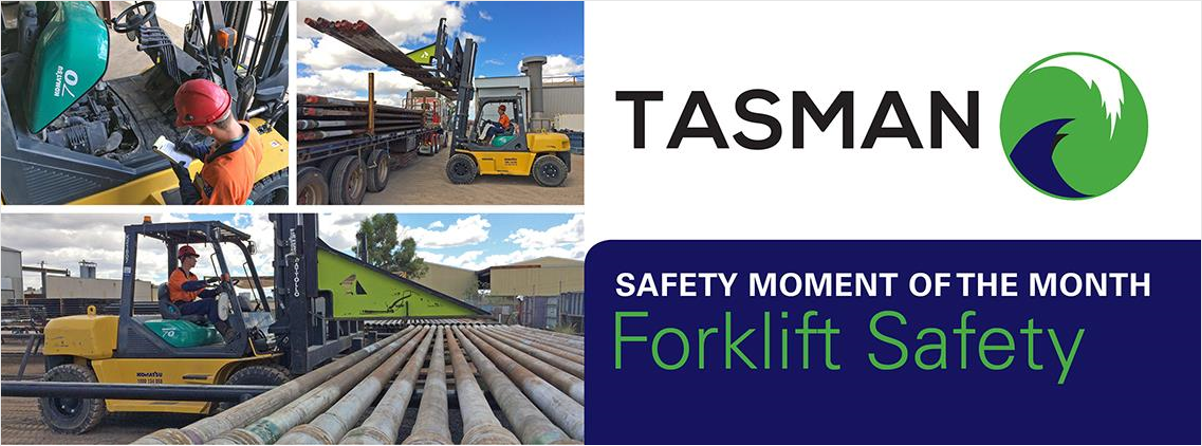Health & Safety Bulletin – Advice On Forklift Safety – August 21
Forklifts Use
In warehouses, factories, shipping yards, freight terminals, and other workplace locations, forklifts are used to lift, stack and transfer loads. Forklifts offer a practical materials handling solution for many businesses and continue to be associated with workplace deaths and injuries.
Forklift incidents can be prevented especially when there is training, well maintained machinery, a traffic management plan, policies and procedures and effective supervision all help reduce the risk of forklift-related injuries. Simple safe practices such as observing speed limits, stop signs, wearing the correctly fitted seat belts and slowing down and sounding the horn can make a difference on forklift safety.
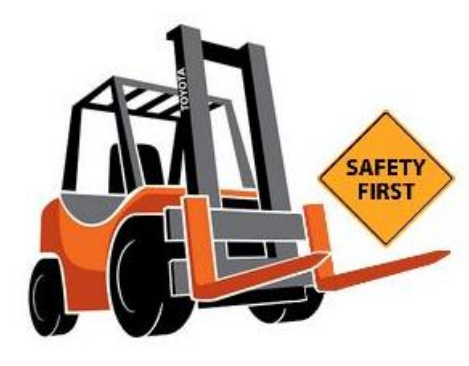
Physical Hazards and Safety Issues
Tipping over is the biggest danger for an employee using a forklift. If an employee jumps from unstable forklift, the chances of serious harm are high. Forklifts can also tip over if you:
- Accelerate quickly in reverse
- Brake too quickly, especially on a loaded forklift.
- Brake or accelerate while cornering.
- Brake or accelerate down a slope.
- Carry a load facing down a slope.
- Carry an unevenly balanced load.
- Collide with another vehicle.
- Drive across inclines or uneven ground such as potholes (particularly with a height difference greater than 20mm across the front wheels).
- Drive with the tines raised too high (loaded or unloaded).
- Strike low doors or overhead structures.
- Turn too fast.
- Tow without using the designated tow point.
Most tip over incidents involve unloaded forklifts, which are more unstable than a loaded forklift with a load carried low. To avoid forklift tipping over, the most important specifications to consider are lift capacity, the maximum load supported, and the vertical lift travel.
It is also important to observe the speed limits and stopping distances, forklift routes and the overall forklift or traffic management plan.
Other forklift-related injuries involve slips, trips and falls when getting on and off. It is important to address the adequate access and egress to provide the 3-point contact (hands and feet).
Attachments (including Side Shift Devices, Jibs, Extension Tines, and other specifically designed devices for load manipulation or carrying).
When attachment is fitted to a forklift, the dynamic and operating characteristics may change, making it necessary to de-rate the forklift capacity and restrict some of the operating controls. Forklift attachments must have:
- Rated capacities.
- De-rated capacities due to attachments
- Make sure that the attachment is secured correctly and safely on the forklift.
Operation and Maintenance
A pre-operational safety checks will need to be performed to the forklift prior to use and these includes:
Tyres – check all tyres for wear or damage, and pressure (if applicable).
Fluids – check oil, hydraulics, battery, fuel, coolant, and brake fluid.
Seating – check the condition and adjustment.
Warning Devices – check lights, horns, reversing beeper and flashing light.
Capacity – check that the load capacity data plate is fitted and legible.
Mast – check for any wear or damage to the lift chains and guides.
Hydraulic Cylinders and Hoses – check for any leaks.
Fork Arms (Tines) – check for wear, damage, crack, or repair.
Seatbelt – make sure it is in good working order.
Guarding – check that all guards are in place.
Controls – check that all pedals and controls operate correctly.
Brakes – check that all (including parking brake) operate correctly.
Operational checks that will need to be performed to the forklift are as follows:
- Always be on the lookout for pedestrians.
- Do not allow any person to ride on the forks.
- Ensure that the lifting tines are secured into the pallets and the loads are stable before lifting or driving off.
- Be careful of ceiling clearance or overhead obstructions when raising the mast.
- Do not lift the load with the mast tilted forward.
- Always put the heavy end of the load against the load backrest.
- Never travel with the load elevated as it restricts vision.
- When approaching a blind corner, use horn and drive slowly.
- Always have someone guide you if a load restricts your vision.
- Slow down when changing direction or on wet or greasy surfaces.
- Do not travel with forks raised or reach mechanism extended.
- Avoid harsh braking, especially when carrying a load.
- Do not attempt to turn on an incline or sloping surface.
- Do not leave forks elevated when forklift is unattended.
- Do not dismount from a forklift when the engine is running unless the transmission is in park position and the parking brake is effectively engaged.
- When stopping the forklift: a) park on even ground and lower the forks to the ground; b) shift the gear selector to park position and apply the parking brake; c) turn off the ignition and remove the keys.
Requirements for Operating a ForkliftTo operate a forklift in the workplace, one must have a high-risk work license by a registered training organization.
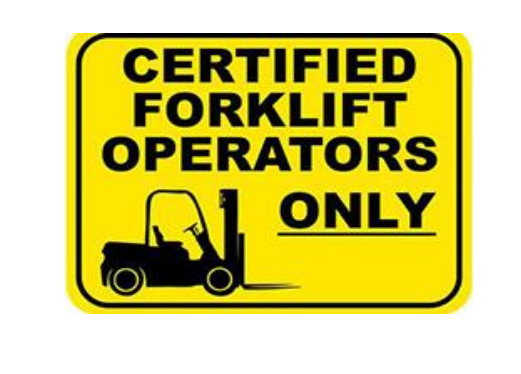
Forklift Maintenance
The forklift maintenance program should include a regular schedule of services which includes preventative maintenance, inspections, and cleaning. Unauthorized changes to forklifts e.g., drilling holes in fork arms, should not be undertaken.
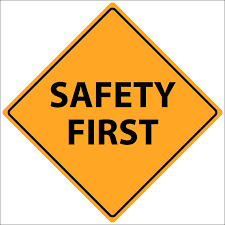
Traffic Management Plans
It is important to have traffic management plans when forklift is in use. The best way to reduce the risk of forklift-related injuries is to separate pedestrians and forklifts.
Risk Control
The most effective way to control risks is to eliminate them in the first place. The control measures taken into consideration are through the Hierarchy of Controls:
- Elimination
- Substitution
- Isolation
- Engineering Controls
- Administration
- Personal Protective Equipment (PPE)
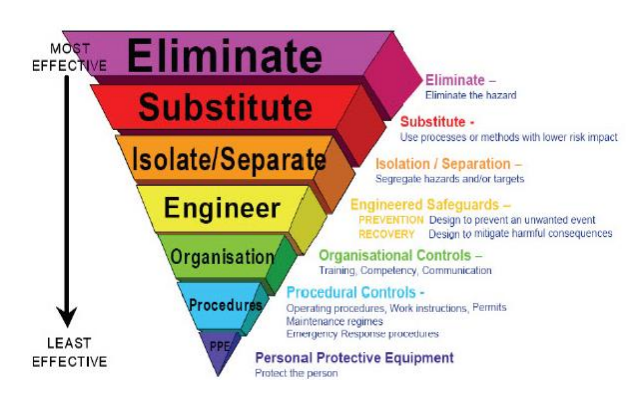
Policies and Safe Work Procedures
Policies and safe work procedures ensure everyone who uses forklifts understands how to do so safely and correctly.
A copy of the procedure is available in Tasman SharePoint portal.

